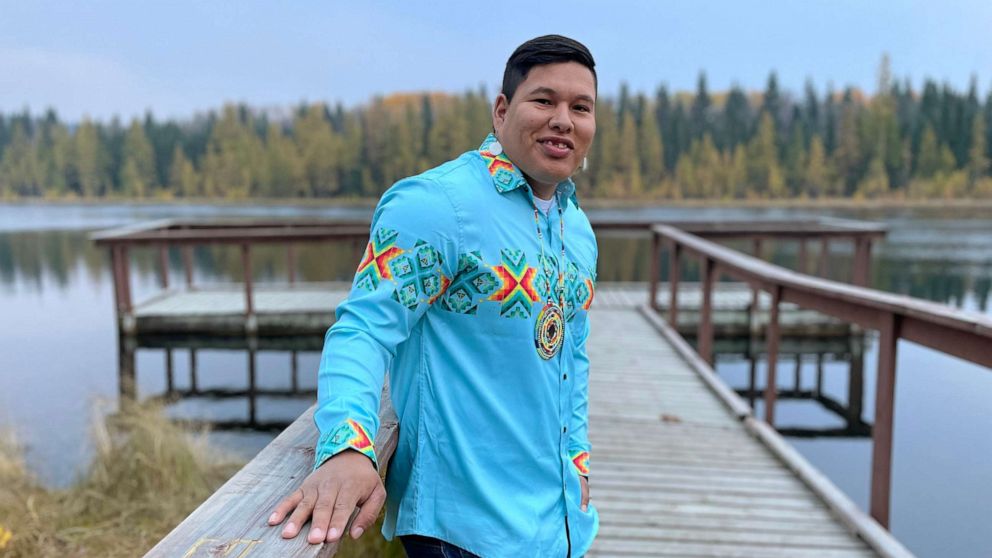Indigenous TikTokers use social media to honor their cultures
Many Indigenous TikTokers have become famous for celebrating their diverse cultures and traditions from around the world. Now, they're educating audiences and advocating for their people using their newfound fame.
They said it all started out as a fun and simple way to connect with their heritage, but for some TikTok creators, there's a sense of responsibility to their community that grew with each video.
"It's surreal to have millions of people see this indigenous face," Brett Mooswa of the Makwa Sahgaiehcan First Nation in Canada, told ABC News.
Mooswa, who has 775,400 followers on TikTok, showed viewers his "Indigenous" voice as a joke in his first viral TikTok, dropping his voice several octaves to "sound" the part of an Indigenous man.
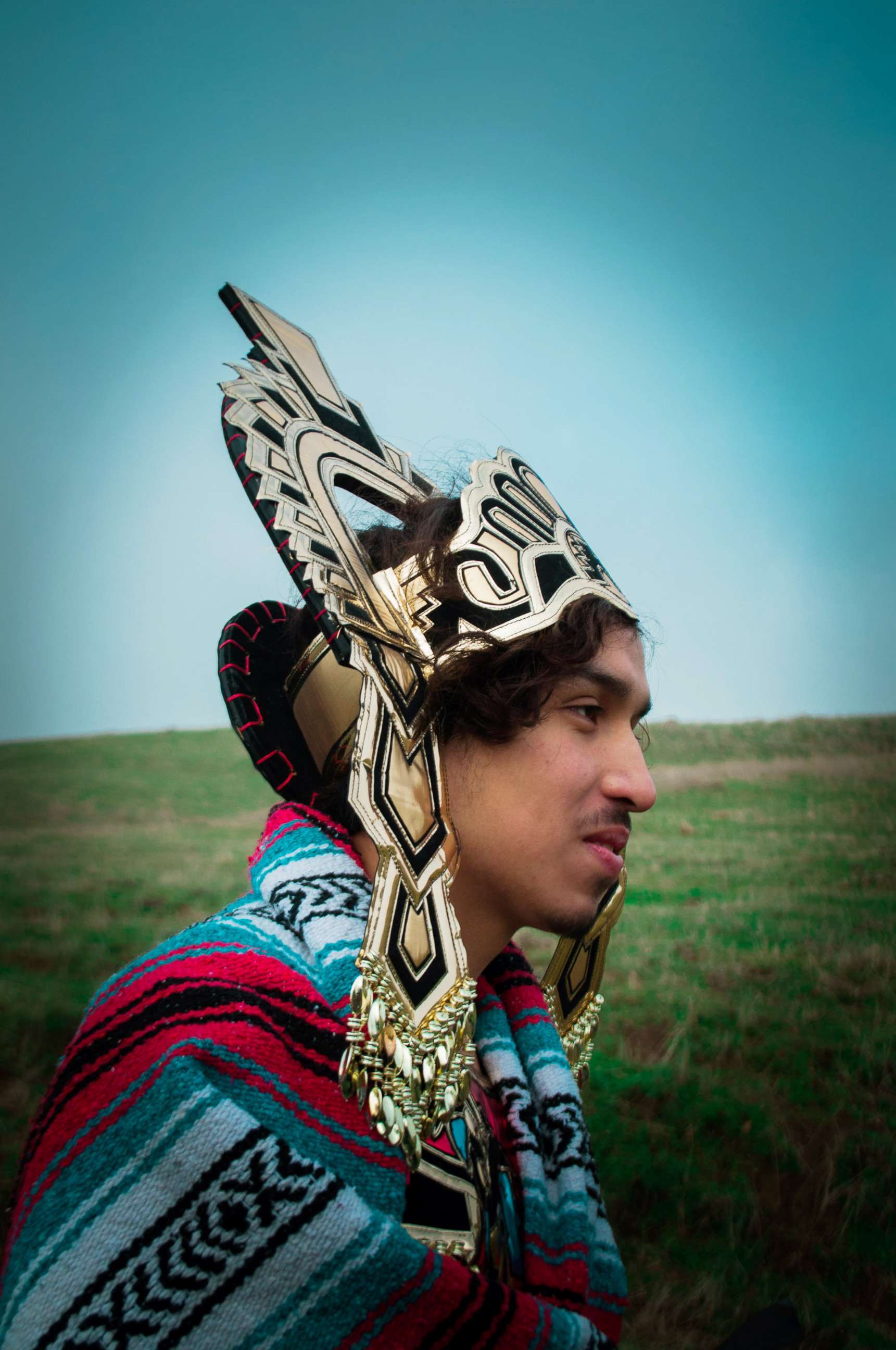
As more views started to rack up for these influencers, they realized their stories had a real impact.
"It's culture sharing," Juan Maya, who has more than 200,000 followers on TikTok, told ABC News. "It's also influencing younger generations and influencing older generations to teach their children about their backgrounds."
Maya, of Chichimeca descent, took his own spin on viral trends, dressing up in Native Mexican garb to highlight his culture and family history.
"I still want to give [Indigenous people] a voice and give them a platform because I know they're treated as second-class citizens back in Mexico," Maya said. "So I think it's important for us to give them that platform, even if they're not directly participating in the videos."
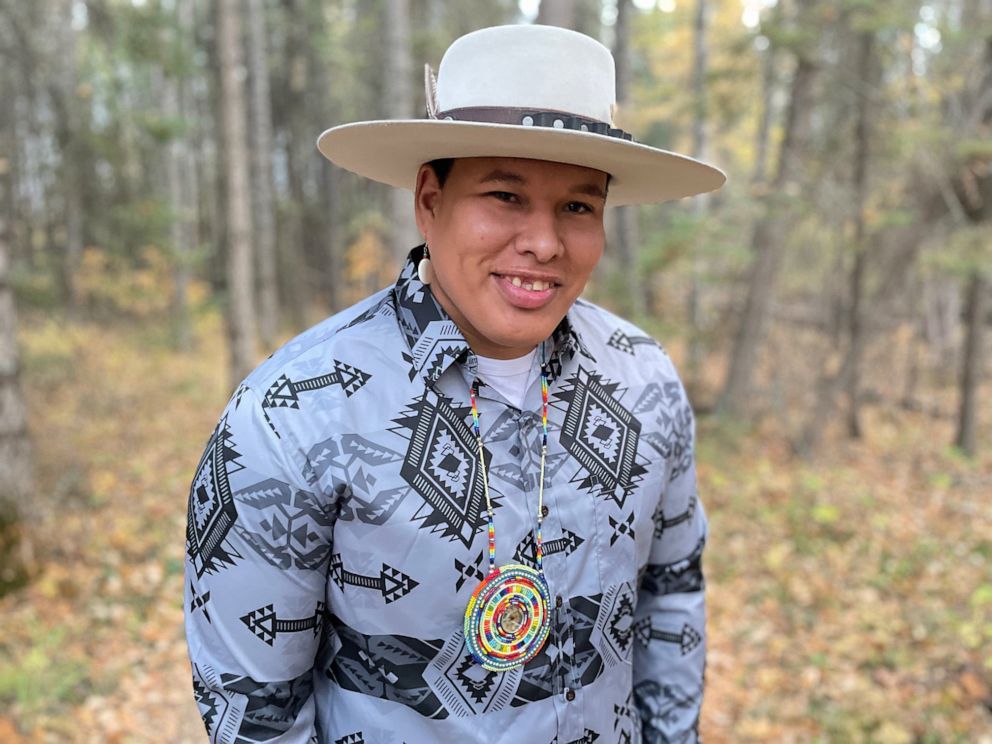
Indigenous people across the globe have been left behind by history, Michelle Chubb, of the Swampy Cree people, told ABC News. They face systemic discrimination at many different levels -- they are disproportionately impoverished and impacted by climate change, have less access to health care, and have a lower life expectancy than other racial groups, according to the United Nations.
Chubb began her TikTok page by showing off her jingle dress -- a gown adorned with metal accessories that ring when its wearer dances -- which symbolizes healing and strength.
Due to generational trauma, and the lingering effects of colonialism and genocide on their lands and communities, the U.S. Department of Health and Human Services and American Psychiatric Association reports that high rates of addiction, suicide, and PTSD plague Indigenous people.
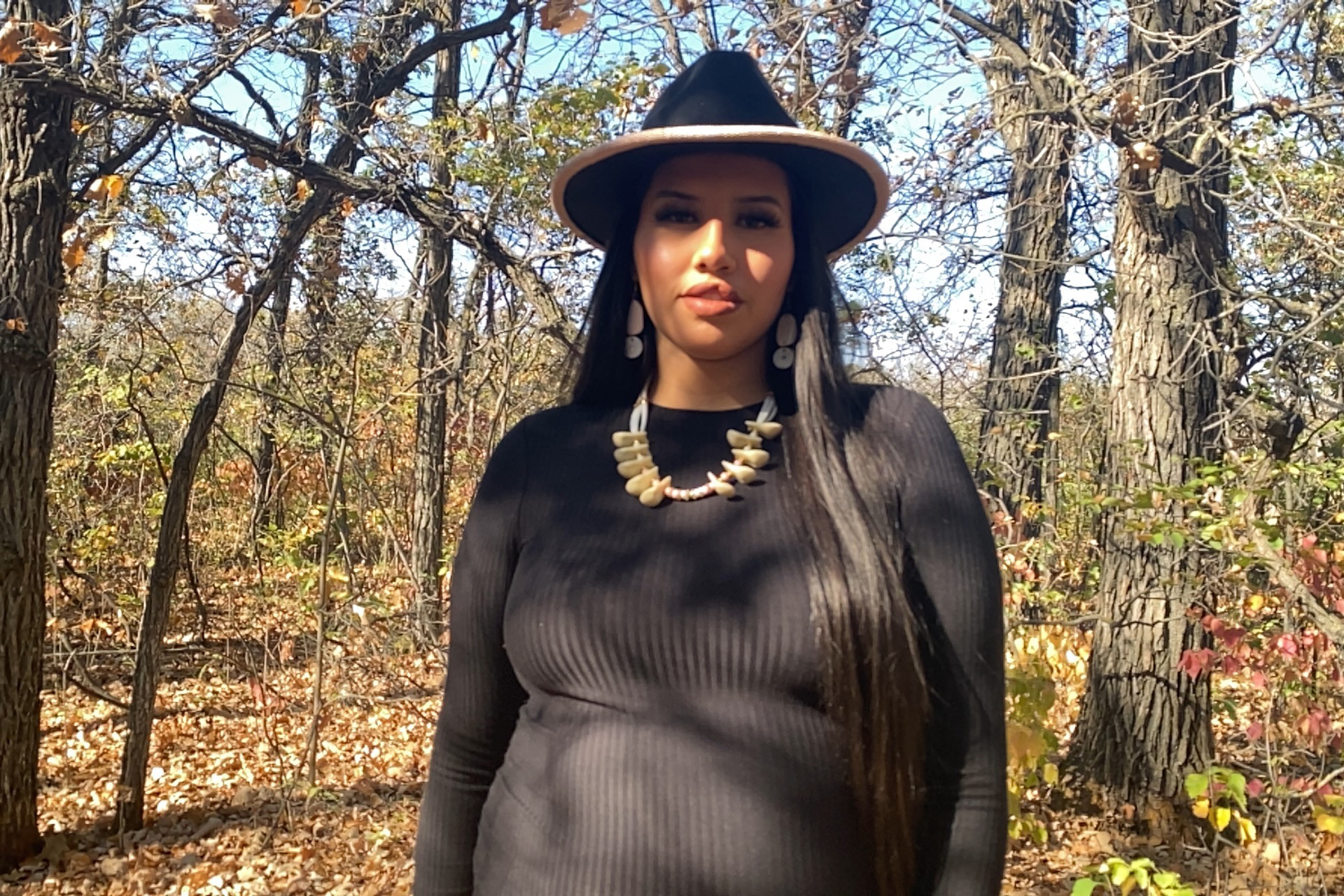
"There are actually a lot of issues in the indigenous communities in Canada and the U.S.," Chubb, who has more than 450,000 followers on TikTok, said. "There needs to be a lot more work done. I think just because we're a small minority in these countries, we're expected not to be a first priority and that really hurts."
Native and Indigenous people make up 1.5% of the U.S. population, according to the U.S. Census and 6.2% of the Canadian population.
Creators say these communities, which have been historically suppressed, are being humanized among non-native populations through this informative, creative and passion-driven content.
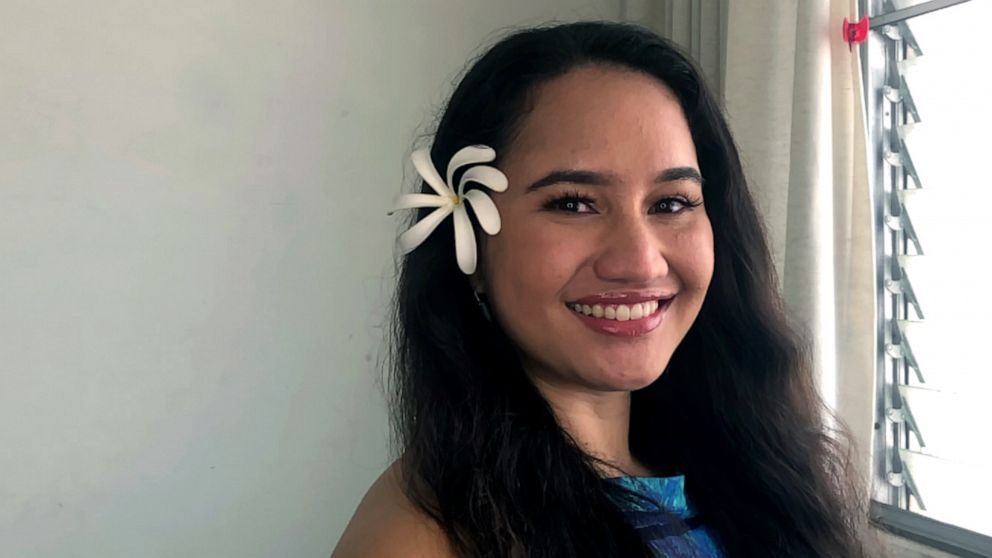
Now, influencers said they just hope their audiences take and amplify the lessons from their videos and spread the word about native people.
"Social media is so awesome, to be able to spread our knowledge throughout the world," Chelei Kahalewai, a Native Hawaiian from Oʻahu and who has more than 600,000 followers on TikTok, said.
Kahalewai quickly gained a following by teaching her audiences about local traditions, hula dancing, issues plaguing the Hawaiian community and more. "That is the way that our culture is going to thrive -- more people learning about it, more people falling in love with it, more people than educating their friends about it," Kahalewai said.
